Only people of a certain age will remember the thrill of watching each new episode of Return of the Saint or The New Avengers way back in the 1970s.
But for many of us motor-mad children, that thrill was not stirred up by Patrick Macnee, Joanna Lumley and Ian Ogilvy acting their hearts out but by the cars that featured in the shows. In Return of the Saint, an updated Simon Templar (Ogilvy replaced Roger Moore, who starred in the original series The Saint) dispensed with his Volvo P1800 and got into a Jaguar XJS, while in The New Avengers, tough-guy Mike Gambit also drove an XJS.
The pleasure in seeing those XJSs, at the time an expensive, exotic and immensely desirable car that one seldom saw on the roads, being given the beans around a bend while in pursuit of a carload of baddies was indescribably exciting.
Indeed, the XJS caused quite a stir when it was launched. That was in 1975, and in those days it was known as the XJ-S, with a hyphen. Of course it was no E-Type (but by then neither was the E-Type). It was rather expensive, for one. And then there were its looks, with those overhangs and bumpers and the flying buttresses. They may have grown on us over time, and its other virtues – as long as you can put up with its disproportionately cramped interior relative to its exterior dimensions – are no longer debatable. Here was a 285bhp, 5.3-litre V12-engined grand tourer with near-silent 153mph performance and a ride to rival that of a hydropneumatic Citroën.
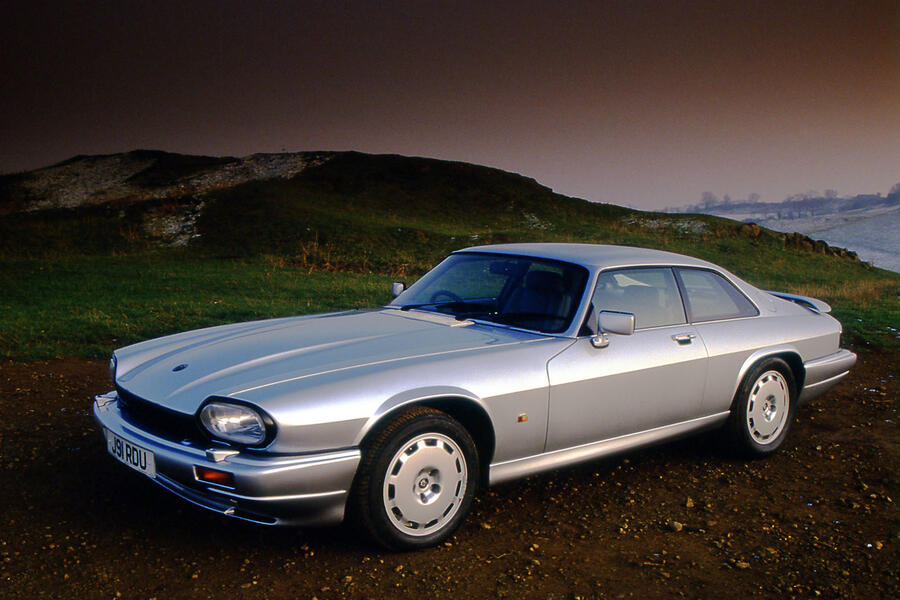
Its life was long and updates were plentiful. In 1981, the V12 engine became the 5.3 HE, for High Efficiency, with clever combustion chambers that swirled the fuel around before ignition and helped increase power to 295bhp. There was an uprated chassis and wider wheels, too. In 1983, the admirable 3.6-litre AJ6 straight-six was introduced. Also in 1983, the XJ-SC cabriolet was launched, to be replaced by the convertible in 1988.


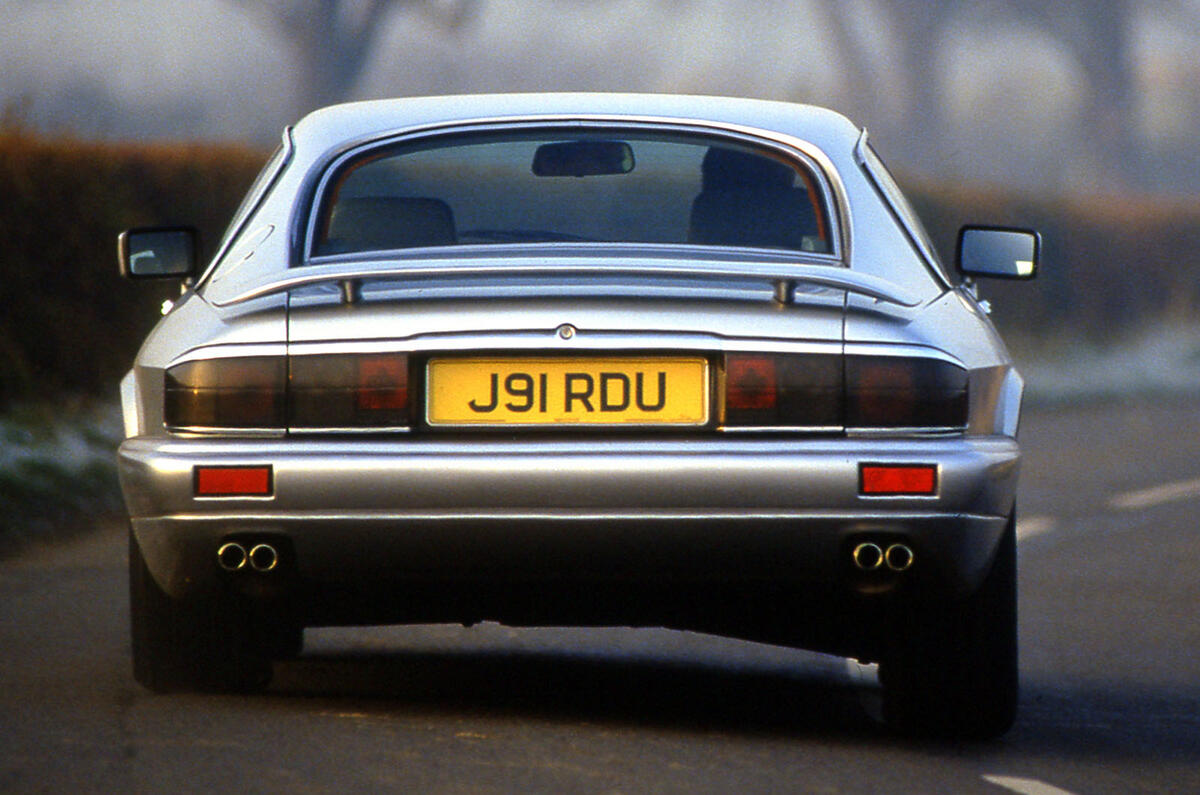


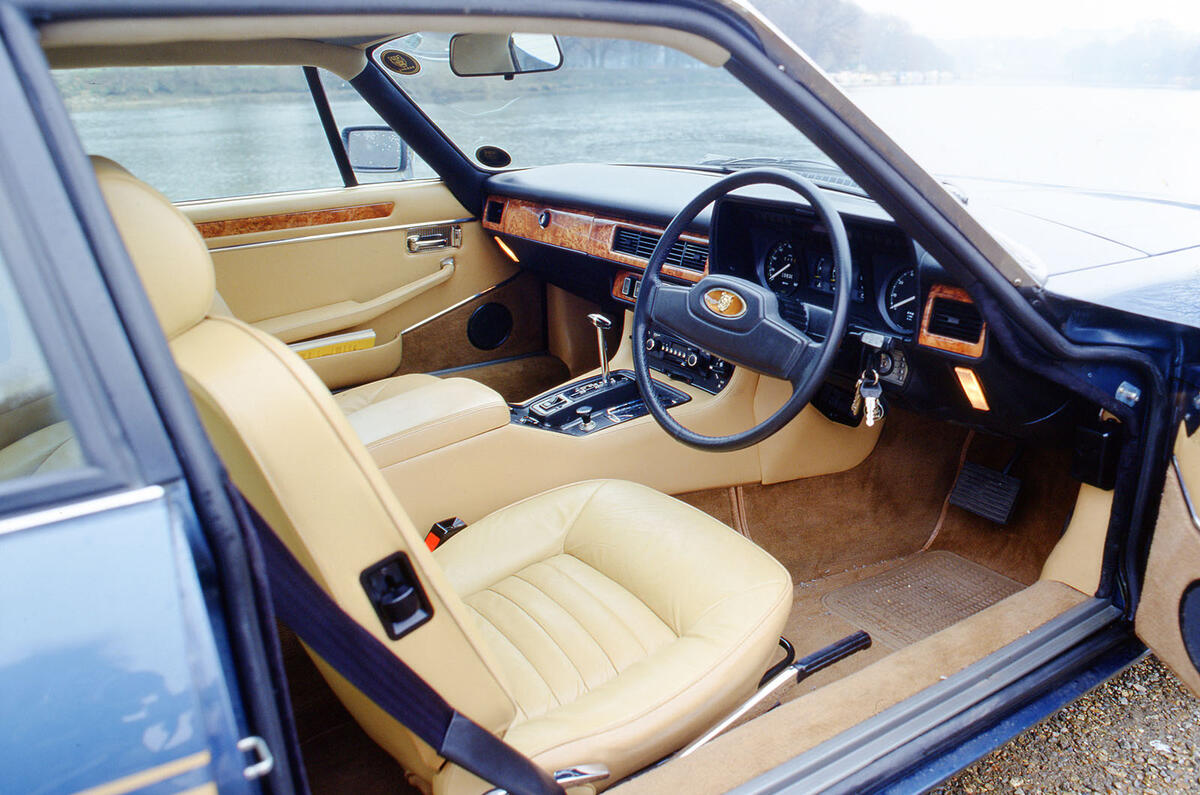
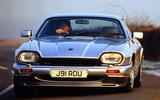
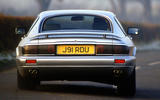
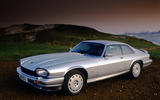
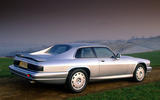
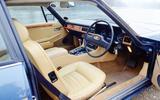

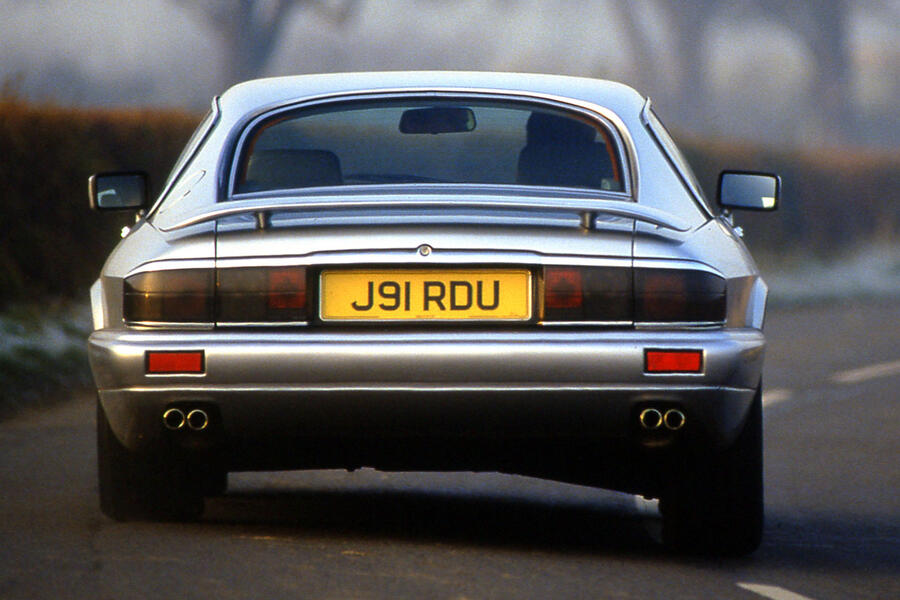
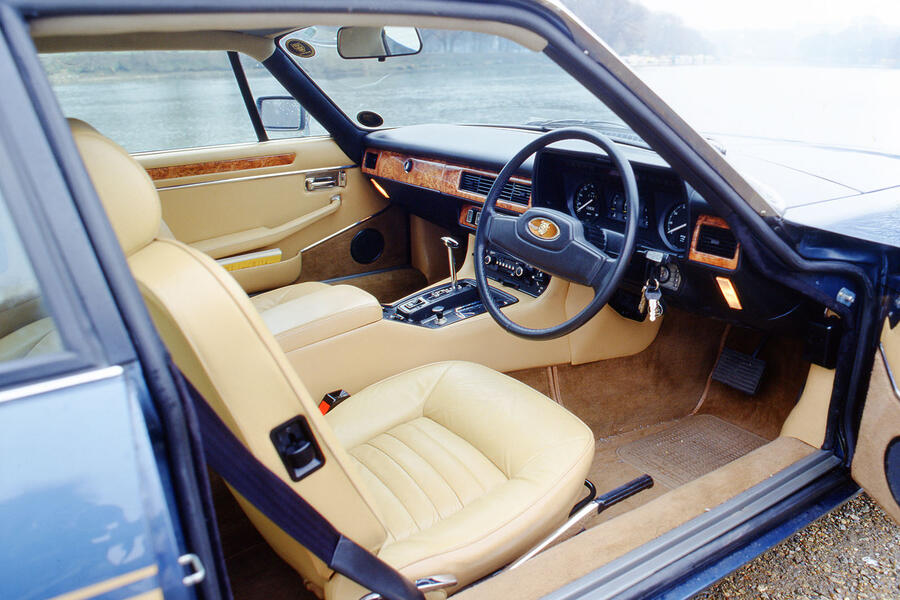
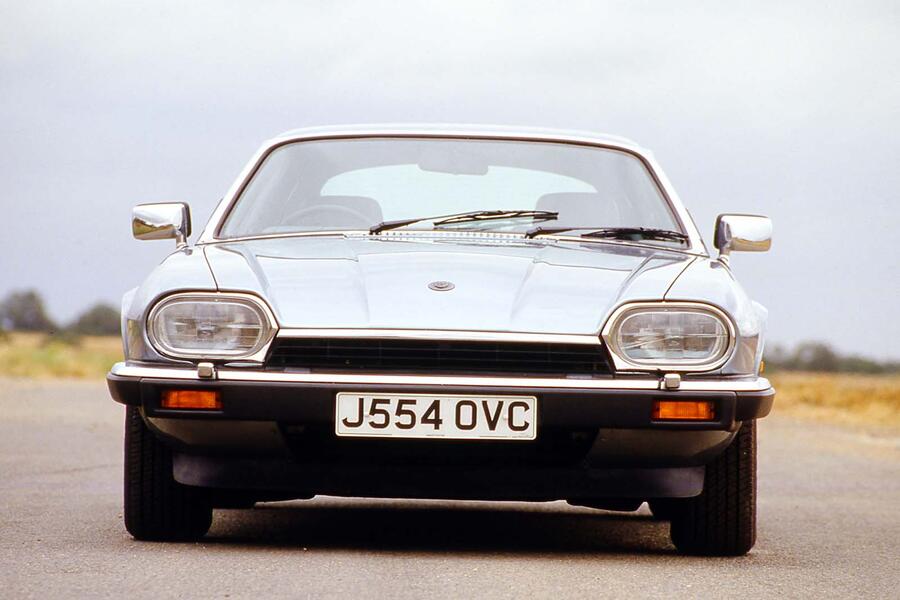

Add your comment